SVIZZERA. CALAMITA/À project prenderà parte del festival svizzero Alt. +1000 Festival, un viaggio attraverso il lavoro di fotografi contemporanei, poetico, documentario e artistico, con un progetto di investigazione e ricerca nel Vajont.
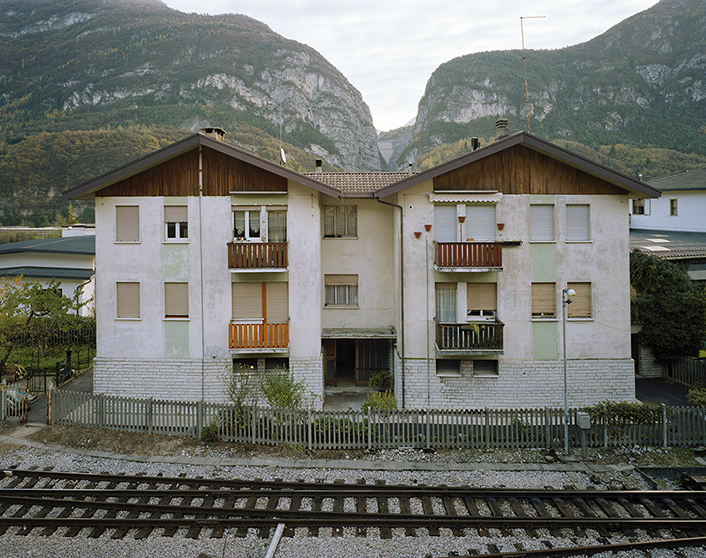
October 9th 1963: a crashing wave froze time in an eternal present.
The catastrophe marks an instantaneous and irreversible alteration in the landscape. As Alexander Woodcock and Monte Davis write in Catastrophe Theory (New York, 1978):
…it is not that there are no intermediate states or trajectories, but rather, that none of these are stable: the duration of the shift from the initial state or change to the final one has a very brief duration with respect to that required in stable states.
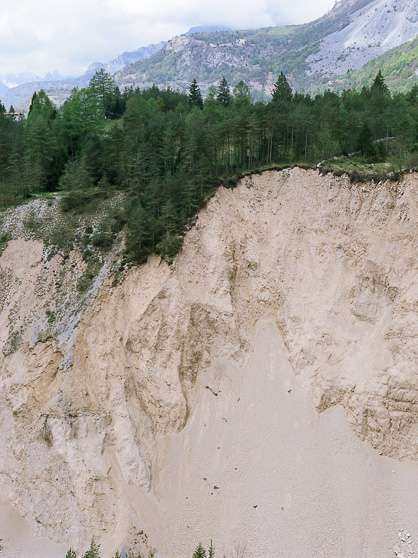
The cumbersome presence of modern infrastructure and a country’s attempt to become industrialized and pursue progress, suddenly transformed into a tragedy, cancelling places, memories and destinies. Beyond neglect, beyond war, the eternal waiting for a future that has never come has resulted in an overlap of relations, stories and experiences.
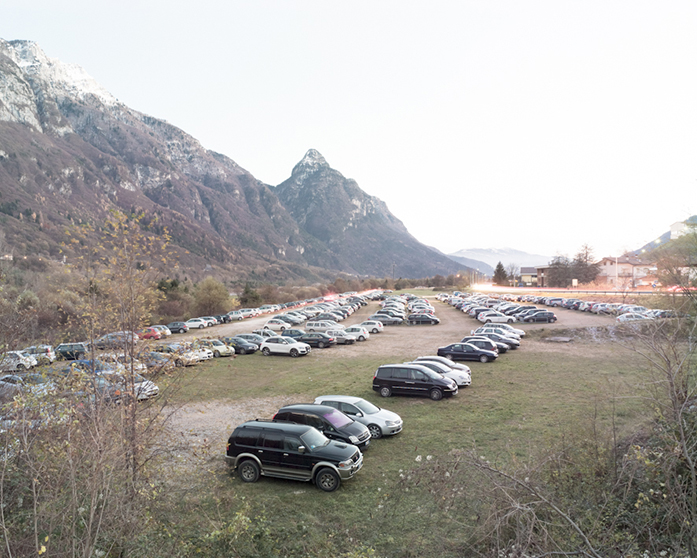
The identity of a place, normally subjected to gradual transformations, in this case, was brutally wiped out, making room for a new, irrational and chaotic urban plan.
I am convinced that the future is lost somewhere in the dumps of the non-historical past; it is in yesterday’s newspapers, in the jejeune advertisements of science-fiction movies, in the false mirror of our rejected dream. Time transforms metaphors into things, it piles them in cold storage rooms or places them in the celestial playing fields of our suburbs. I had wandered in an imaginary world which not even I could clearly imagine. That zero panorama seemed to contain ruins in reverse, that is – all the new construction that would eventually be built.
Robert Smithson, The Monuments of Passaic, 1967
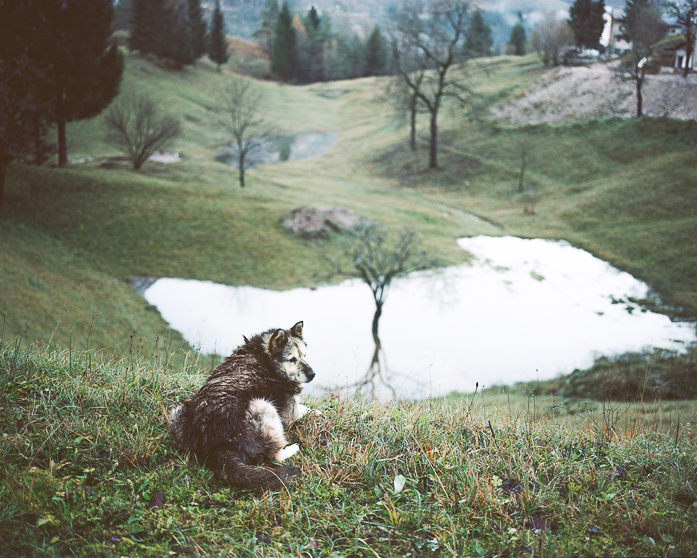
The CALAMITA/À project is a tool for investigating a territory which, through organized research, wishes to explore the changes in progress, generate questions, reveal critical points and attract interest and awareness concerning a crucial place that is still being defined. Territorial morphology, orography, infrastructure, architecture and social context are all elements for broadening the analysis. Art, sociology, urbanism and photography contribute to the definition of the project through an open, multidisciplinary approach. This plurality of visions is aimed at transforming the territory in question into a laboratory and space for privileged observation.
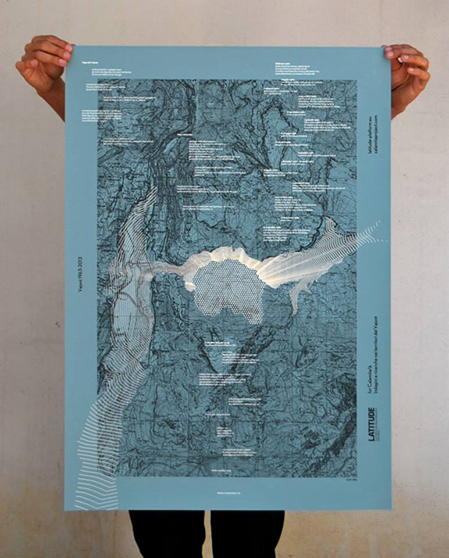
Through its evolution, the project aims at giving an increasing amount of investigation tools to the engaged authors by analysing the surrounding world and offering new food for thought. The examined territory is put in relation to other international projects in order to suggest different reading perspectives so as to make the discourse on that area grow and evolve. The focus is on the theme of catastrophes, on environmental and climate change, on the transformation of the territory, on the topography and morphology of mountain landscape.

